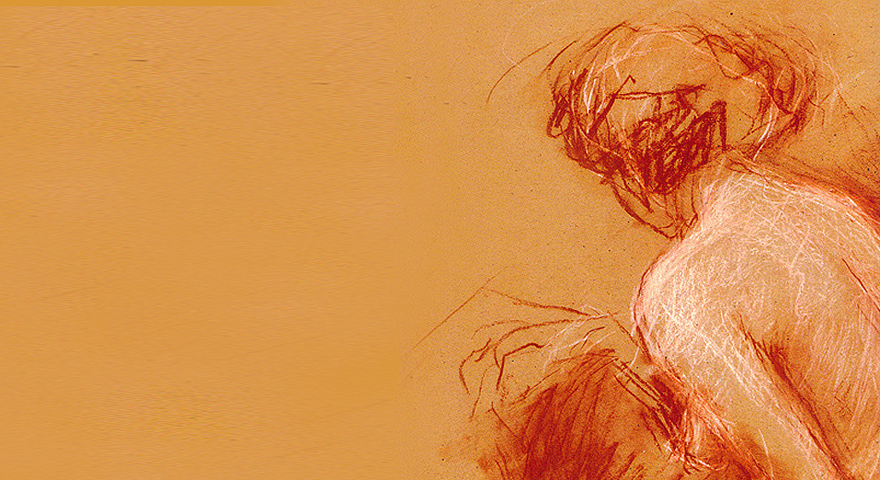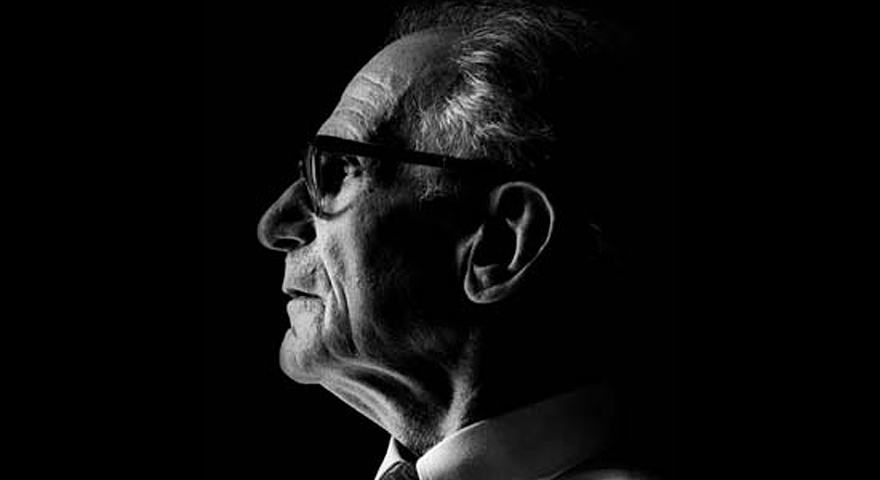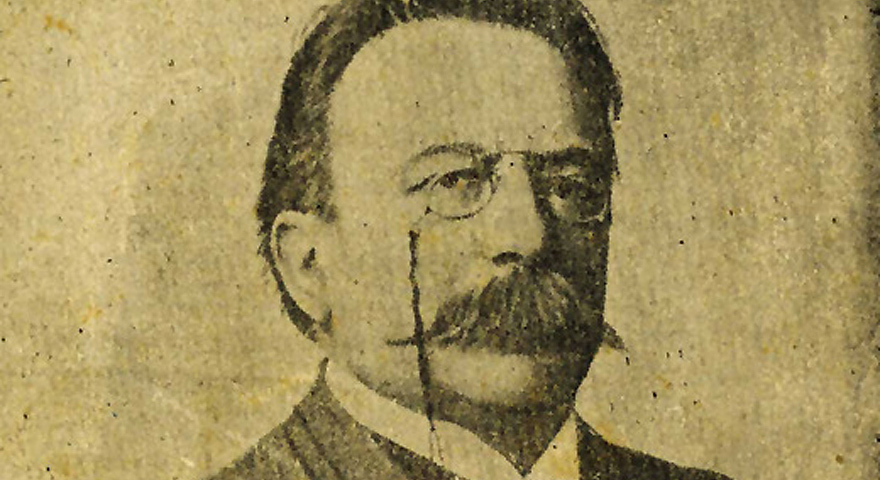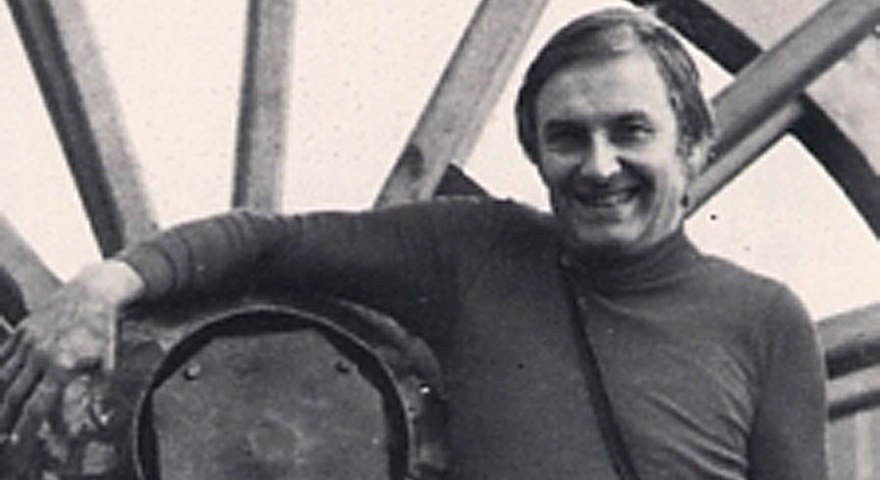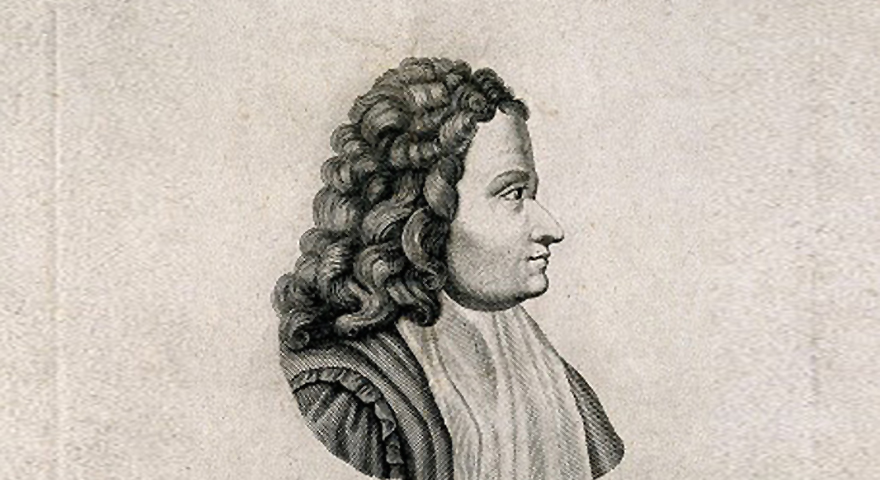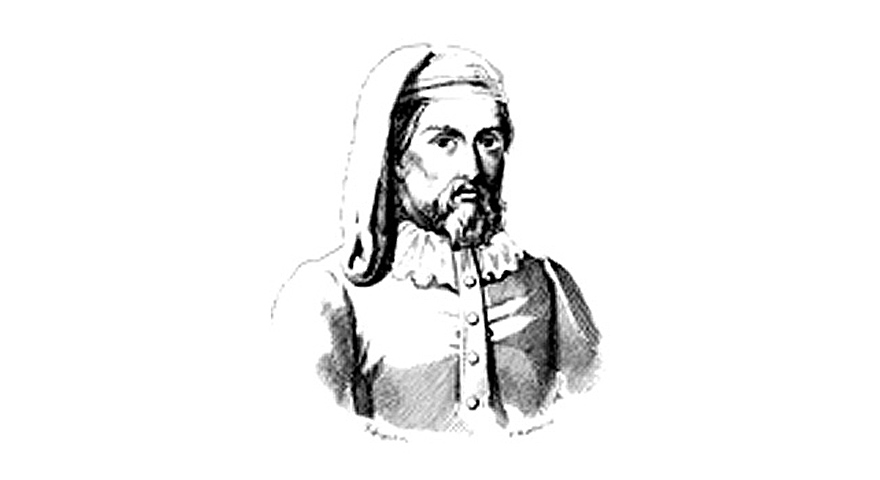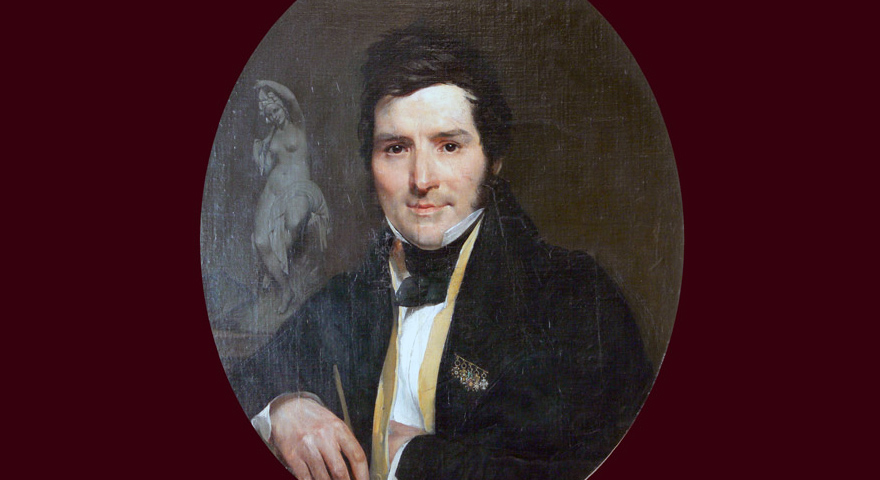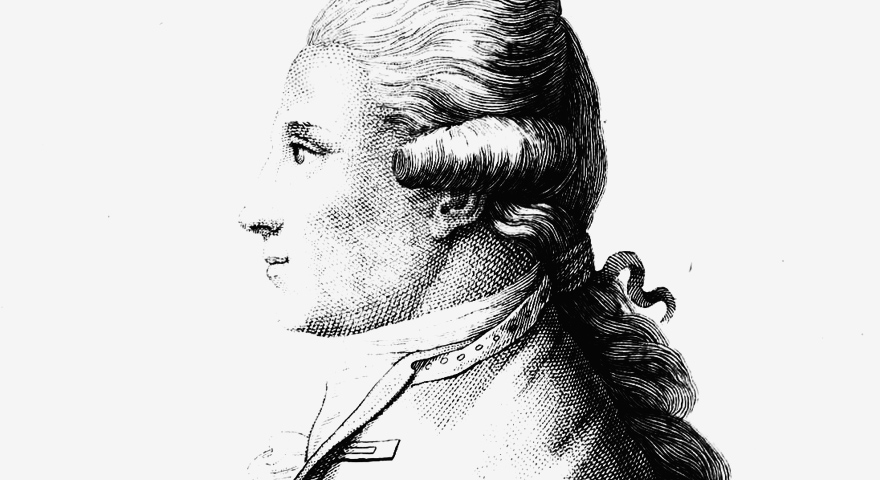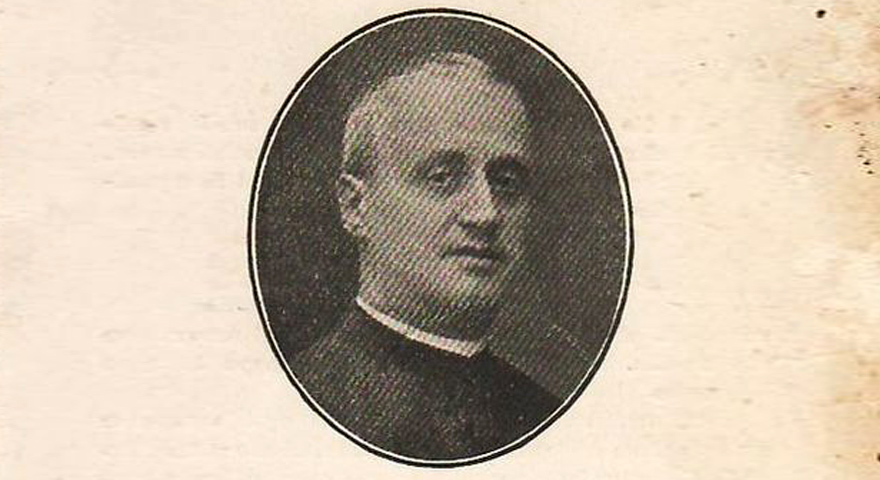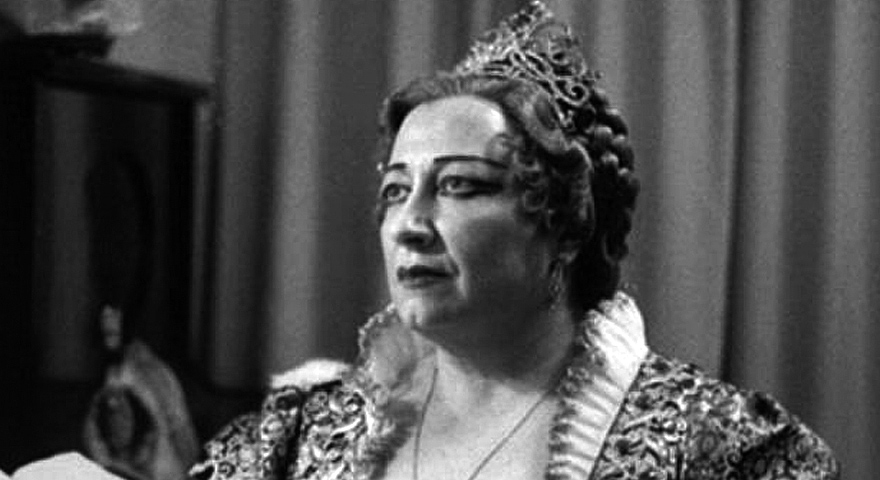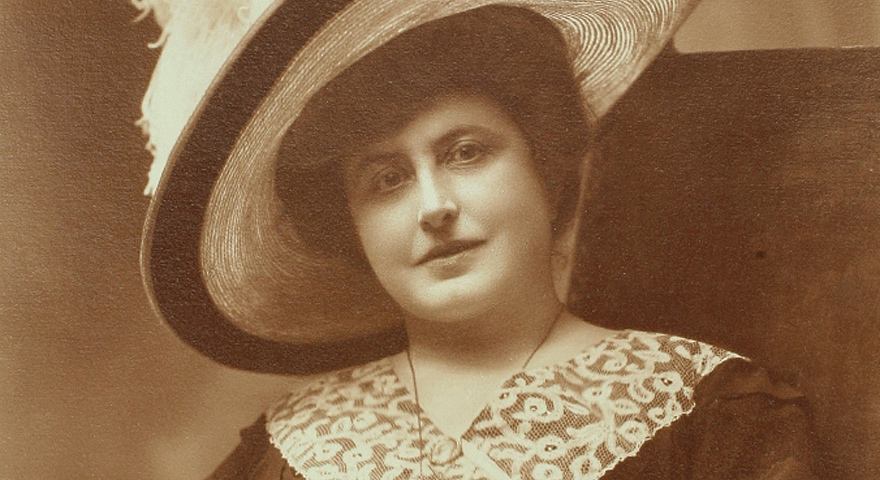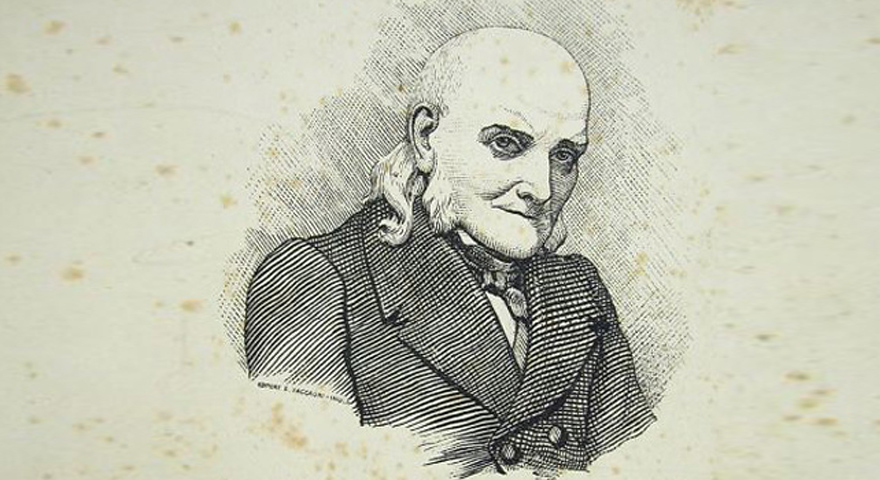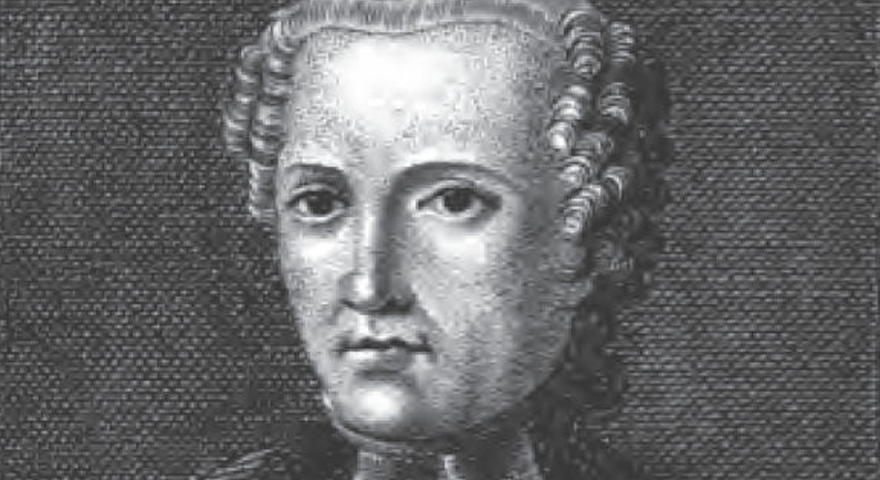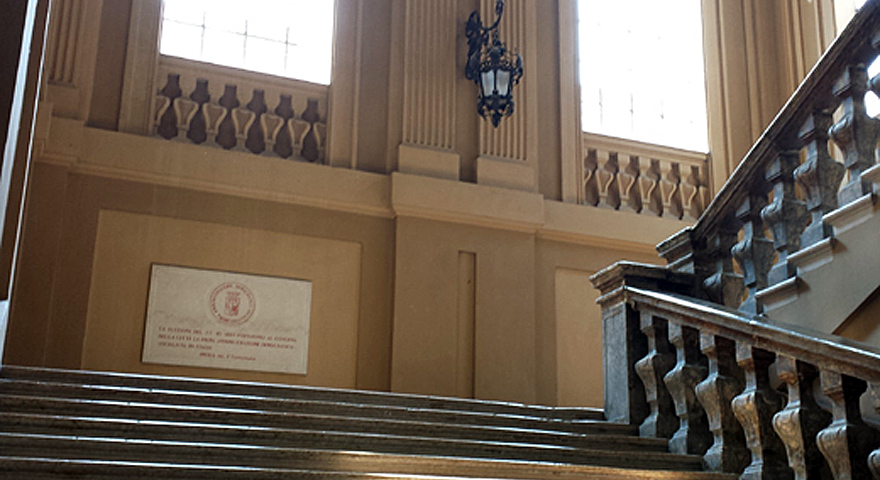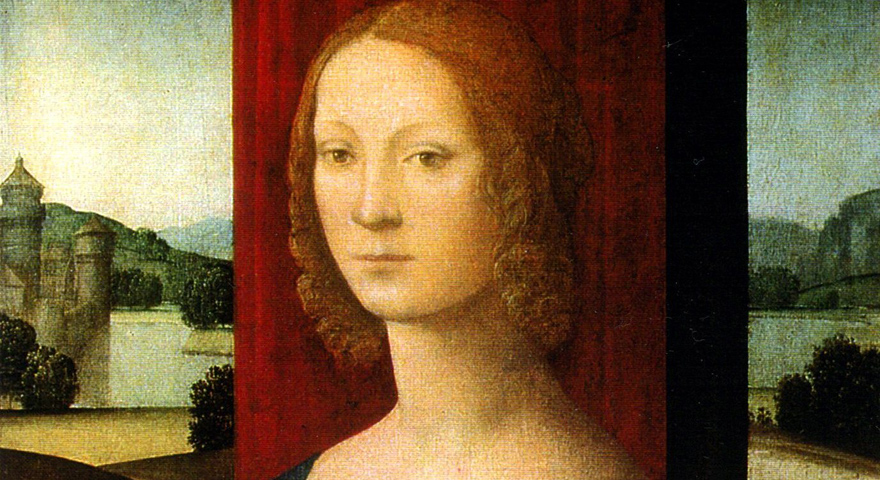
She was the young bride of Girolamo Riario, future lord of Imola and Forlì, and the legitimate daughter of Galeazzo Maria Sforza, Duke of Milan, born out of wedlock.
Caterina arrived in Imola for the first time 1st May 1477 and was welcomed with a great celebration. Here, at the age of 14 begins her long political career, which, mixed with legend, tells us the story of an audacious and passionate woman.
In 1488 Girolamo Riario was murdered, after having ruled during the prosperous era of the Renaissance. The years that followed were very tormented for Caterina who ruled alone, while fighting against conspiracies and murders, passionate love stories and new weddings, while still keeping control over Imola and Forlì, until she had to surrender to the troops of Cesare Borgia. This was her decline which led her to imprisonment and finally to a solitary life of isolation.
Her story has always been one of the most fascinating , and she has been portrayed as a strong, vigorous and independent woman and an expert of medicine as well as cosmetics which she herself prepared and experimented.
